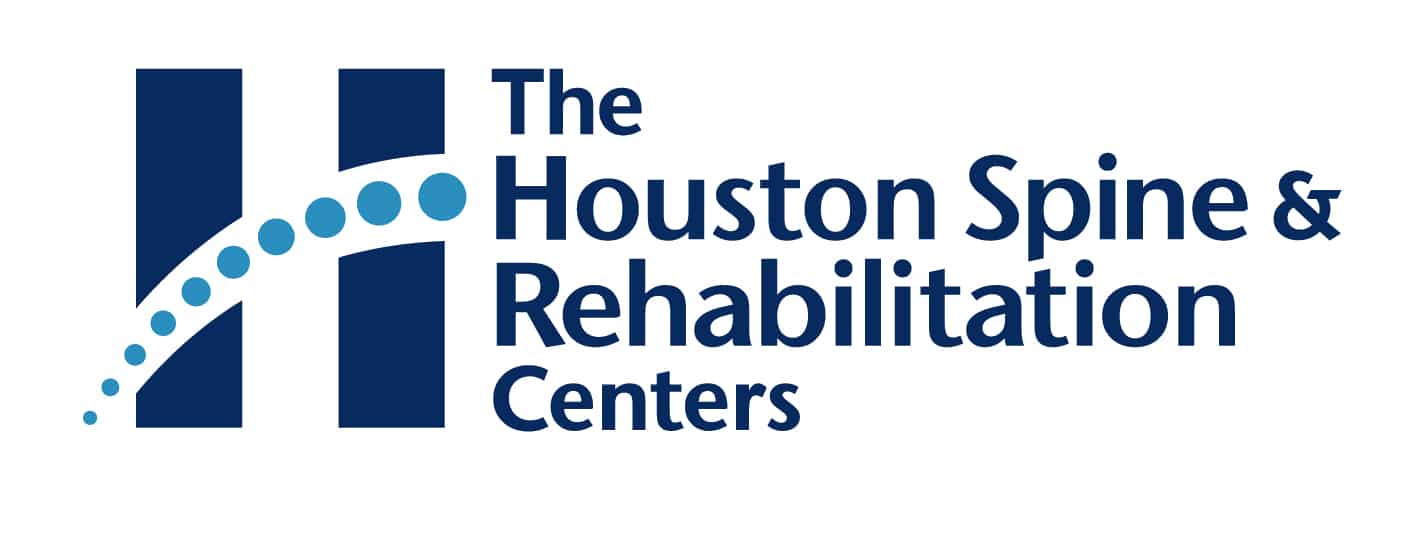Fibromyalgia symptoms can be puzzling for patients. This disorder causes systemic symptoms, including widespread, chronic pain. It can also affect the body in surprising ways, such as by inhibiting cognitive function and altering mood. A multidisciplinary treatment plan that includes physical therapy can help relieve your symptoms. Your physical therapist may ask you to keep track of your symptoms in order to develop a more effective treatment plan.
Severity of Symptoms
Your fibro log can be a written diary or an app on your smartphone. Use whatever you’re most likely to faithfully fill in every day. First, consider your overall pain level. Use a scale from zero to 10. Zero means you’re pain-free, and 10 means you’re in unbearable pain.
Map of Symptoms
Since fibromyalgia symptoms are diffuse, it’s helpful to know exactly where you’re experiencing pain. Draw a simple outline of the human body, or look for a digital fibro log that has a pain map. Indicate the location of your symptoms on the map every day.
Types of Symptoms
Pain and muscle tenderness are common symptoms of fibromyalgia. However, some people can experience gastrointestinal symptoms, like constipation, diarrhea, or excessive flatulence. Muscular symptoms can include muscle spasms and delayed onset muscle soreness. You may have trouble falling asleep or staying asleep, and you may have mood swings, anxiety, or nervousness. Cognitive symptoms are not uncommon, either. The brain fog, forgetfulness, and lack of concentration are often referred to as “fibro fog.” Additionally, you may suffer from:
- Fatigue
- Malaise
- Headaches
- Irritability
- Painful menstruation
- Tingling or pins and needles sensation
- Sensations of coldness
Level of Activity

When planning your inflammation treatment, your physical therapist will also want to know about your current level of activity. Keep track of your general activities in your fibro log. Make a note of whether you exercise, do housework, run errands, or socialize. Additionally, write down how well you slept (or didn’t sleep) the previous night.
At The Houston Spine & Rehabilitation Centers, you’ll find specialized soft tissue care and pain management options. We also offer aquatic therapy at our location in The Woodlands, which is gentle enough for fibromyalgia patients with severe symptoms. Call today at 281-362-0006 to request our next available appointment.



